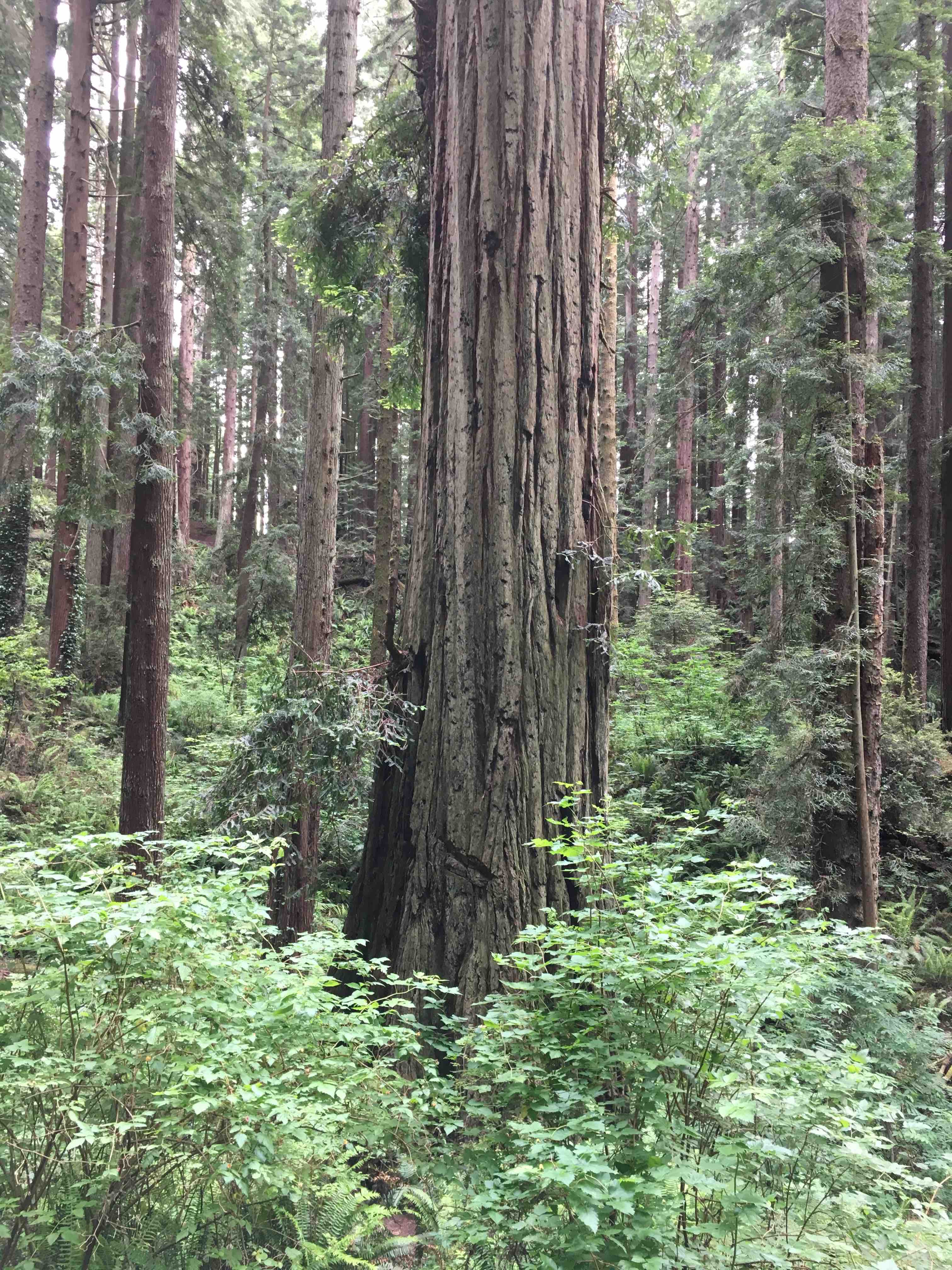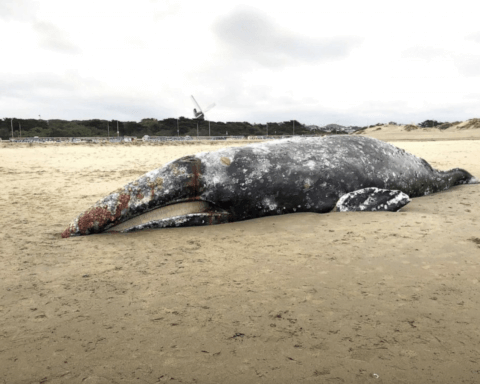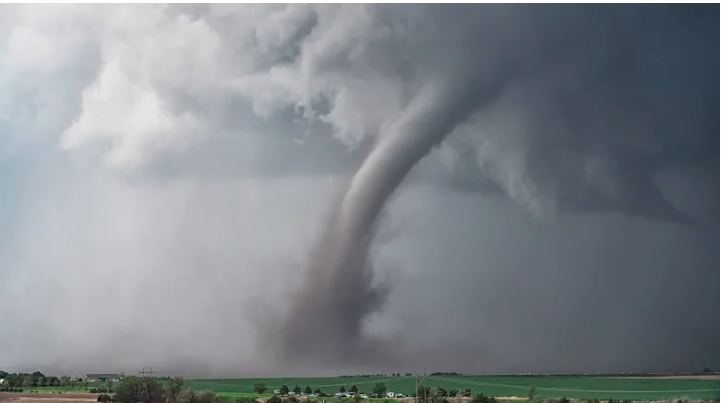*Exploring the tallest forests is exhilarating. The treetops are 38 storeys, or, more than 380 feet away. The air is rich with oxygen. This must be heaven on earth!
Ambling slowly through these ancient living cathedrals is like peering back 100 million years through the looking glass of time. The dinosaurs have come and gone but not these colossal members of this exceptional race of trees.

In order to reach higher into the sky than any of the other 80,000 kinds of trees, these lofty monarchs need a helping hand to both get a start and survive for thousands of years.

They rely, in part, upon a colorful shell-less mollusk called the California banana slug. At 10 inches long and weighing an impressive four ounces, these beauties are the unsung decomposing heroes of the most productive and tallest forests to ever grace the planet.

These mostly nightshift stevedores consume leaves, animal droppings, moss, lichen and dead plant material. Their job is to unlock nitrogen, phosphorous, calcium and other essential minerals thereby enriching the humus layer, or, skin of the soil.
Redwood roots in conjunction with their fungus feeding root partners and dark green photosynthetic needles repurpose those minerals into wood. Wood is Nature’s supreme carbon dioxide warehouse. The older these stupendous trees become the more they inhale carbon dioxide, exhale oxygen and grow wood.

A banana slug can, remarkably, live for seven years. In part, their longevity is boosted from consuming potent, neutraceuticals, antioxidant chemicals in their favorite food: mushrooms. These hefty forest floor workers help to spread the spores, or, fungal seeds, throughout the forests, which in turn benefit redwood roots.

These bright yellow, greenish, brown, tan or even white wee masterpieces can move as much as six and a half inches a minute, feeling and inhaling their way through the lush rainforests.

Two pairs of varying sized tentacles assist with navigation. The upper larger pair, or, eyestalks, sense both light and movement, while the lower smaller pair sniff the surrounding air for chemicals.

The lung is located on the right side of the body. It’s attached to a large conspicuous opening called the pneumostome. Because these wriggling foresters are so bulky they also depend upon a coating of antiseptic protein-rich mucus, which facilitates more oxygen exchange through their skin.
These Olympians of the slug world thrive in wet conditions. If dryness sets in during a summer month they aestivate, or, enter into summer hibernation.

Banana slug mucus enables these admirable creatures to glide over rough surfaces like fibrous redwood bark. They can also slide back down a tree trunk while reeling in and repurposing that mucus. There is no waste in Nature.
Mucus is a calling card loaded with messages for prospective mates. It contains powerful chemicals that can numb the tongue of predators.
It’s not easy being a slow moving quarter pounder especially when predators abound. Raccoons, garter snakes, ducks, geese, salamander, moles and shrews roll these “easy pickins” in the soil to bind their mucus. Then they feast.
Banana slugs will eat a wide variety of foliage within these noble rainforests except those belonging to the redwoods. I have watched these trenchermen/women dine around redwood seedlings. They skillfully nosh any competition, thus enabling the king of the tree world to get a head start on their long illustrious lives.

The more we look, the more we learn, the more we marvel. Every form of life in northern California’s superlative skyscraper-tall rainforests plays an integral role within this opulent biological treasure. All remaining ancient redwood forests are so worthy of total protection. End the senseless chainsaw redwood massacres – once and for all!

#ConsumeLess
#GoVegan
#FridaysForFuture
#Strike4Climate
#EcologicalEmergency
#ClimateEmergency
#GenZ
#ExtinctionRebellion
•••••••••••••••••••••••••••••••••••••••••••••
Dr Reese Halter is an award-winning broadcaster, distinguished conservation biologist and author.
Dr Reese Halter’s latest book is
Love! Nature
Tweet @RelentlessReese
•••••••••••••••••••••••••••••••••••••••••••••
protect redwoods protect redwoods protect redwoods protect redwoods protect redwoods protect redwoods












